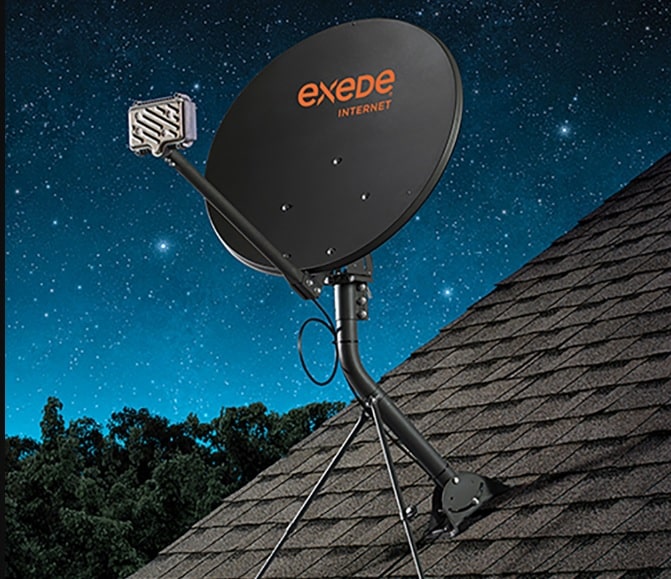

- Spacenet satellite internet drivers#
- Spacenet satellite internet driver#
- Spacenet satellite internet software#
76M convergence antenna, which picked up two Dish Network signals and the satellite internet signal.
Spacenet satellite internet software#
The SkyEdge modems had one Ethernet port and did not require hosting software for any OS platform. The StarBand Nova modems were capable of higher speeds, optimized for VoIP, VPN, and worked on a more efficient hub. In October 2006, StarBand introduced its next-generation service, the StarBand Nova (based on the Gilat SkyEdge series). In late 2005, StarBand began selling only Model 480-based services. The 48x series service supported Microsoft Windows PC, Macintosh, Unix and Linux computers. In 2003, StarBand introduced the Model 480 modem (based on the Gilat Skystar 360E VSAT), which connected via Ethernet, supported multiple computers/OSes and required no additional software.
Spacenet satellite internet driver#
In 2002, StarBand switched to Gilat's Model 360 VSAT, which enabled higher speed and allowed USB or Ethernet connections, but still required driver software to communicate.
Spacenet satellite internet drivers#
The 180 modem was Windows OS-only because it required specialized Windows drivers for the USB interface. In 2001, StarBand began offering service using standalone VSAT units using the StarBand Model 180 (based on the Gilat Skystar Advantage/180 VSAT) connected via USB.

Initially, the only way to purchase the StarBand system was to purchase a PC with the send/receive adapter card pre-installed as well as hosting software. Launched in November 2000, StarBand began selling the Gilat Satellite Networks SkyBlaster PCI card VSAT. StarBand offered the first residential two-way satellite Internet service in the United States market. StarBand announced in August 2015 that they would cease operations on 30 September 2015, citing competitive pressures from other current satellite internet providers, as well as new higher-bandwidth providers ( Starlink and OneWeb) on the horizon, with new constellations slated to come online before 2020. As of mid-2005, StarBand had approximately 32,000 subscribers. In March 2005, StarBand Communications was wholly acquired by Spacenet, a division of Gilat Satellite Networks, which continued to operate the service. StarBand Communications filed for Chapter 11 bankruptcy in 2002 and emerged from bankruptcy in 2003. was initially a joint venture between Gilat Satellite Networks, EchoStar and Microsoft, and the StarBand service launched in 2000. A 0.75 meter satellite dish is needed the antenna was sufficiently small that homeowner associations could not prohibit its installation. Two-way bandwidth for residential users was up to 1.5 Mbit/s download speed and 256 kbit/s upload speed, with unlimited usage and online hours. The StarBand satellite Internet system was a VSAT platform that used K u band satellites for transmission of data from users' PCs to the StarBand network operations center. StarBand ceased operations effective Septemciting increased competition from other internet providers. StarBand was a two-way satellite broadband Internet service available in the U.S.


 0 kommentar(er)
0 kommentar(er)
